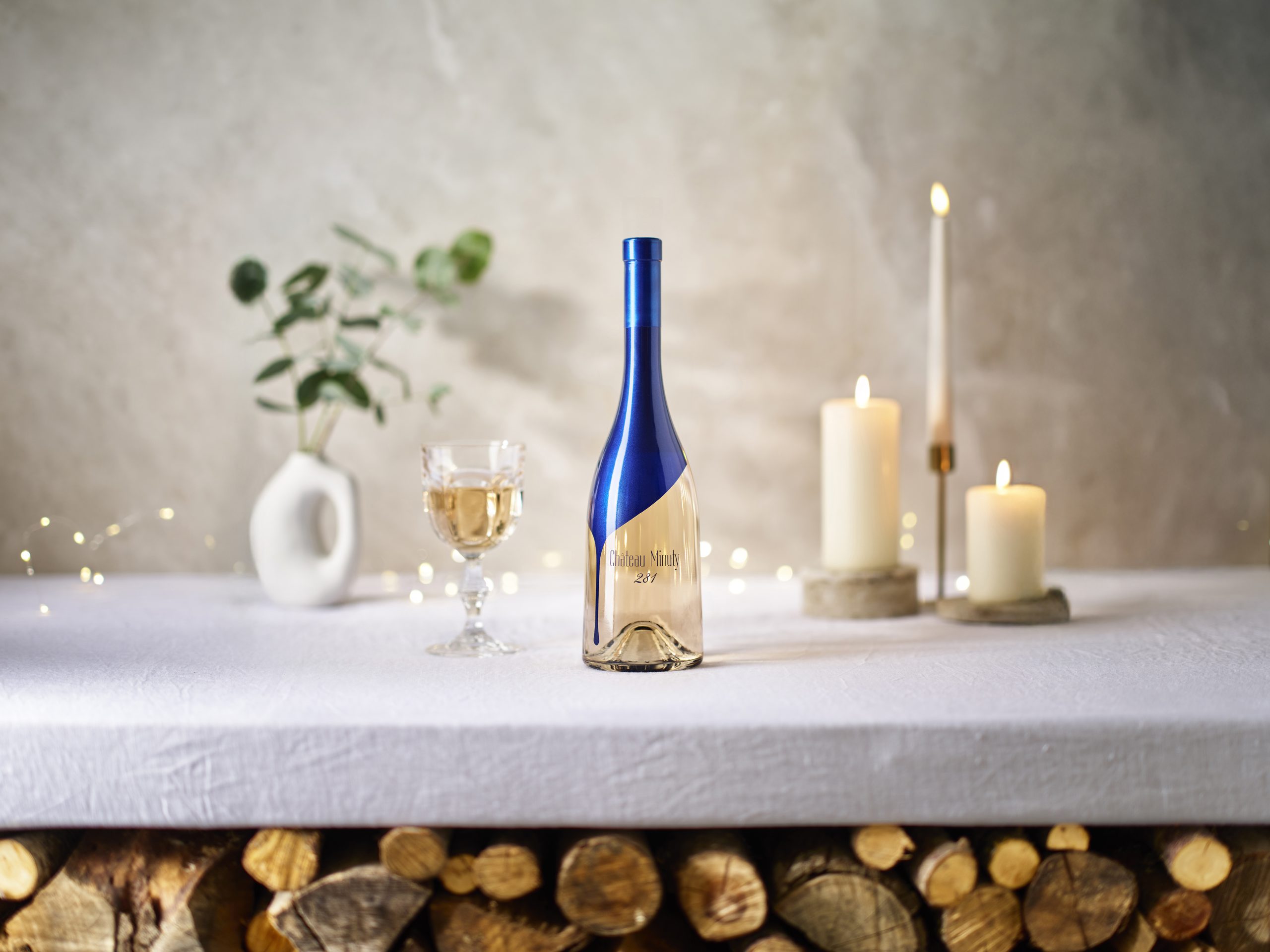Shipwrecked Champagne in historic tasting
A bottle of Veuve Clicquot thought to date from 1839, found on a shipwreck at the bottom of the Baltic in 2010 has been part of a tasting of old vintages at Veuve Clicquot’s Hôtel du Marc headquarters in Reims, writes Giles Fallowfield.
At the tasting there were eight wines to try starting with the yet unreleased 2008 Yellow Label white and rosé bases, continuing with La Grande Dame Rosé 1988 (magnum); La Grande Dame 1962; Yellow Label 1953 in magnum; Vintage Rosé 1947; Vintage 1904 and finally the wine from the Baltic, Clicquot’s archivists believe dates from 1839.
This bottle of Veuve Clicquot Champagne had been lying at the bottom of the Baltic Sea in a ship that sunk near the Åland Islands in the first half of the 19th century and came from a batch of 145 successfully salvaged Champagne bottles, all of which were tasted by expert tasters including wine writer Richard Juhlin, with some 79 being assessed as “drinkable” and re-corked.
Out of the 145 bottles of Champagne bought up from the seabed, four are from Heidsieck & Co, 46 are from Veuve Clicquot while the remaining 95 are bottles of Champagne Juglar, a house the name of which disappeared from labels in 1829 when it merged with Champagne Jacquesson.
A total of 162 bottles were salvaged in July 2010 of which one was opened and tasted by the divers who found the wreck, four are beer bottles, two were impossible to identify, two were broken, three bottles leaked and five further bottles were left in Åland’s museum.
The remaining 145, the oldest intact Champagne bottles ever found under the sea still with their corks in place, were identified and dated thanks to the marks on their corks found during reconditioning.
The Åland government plans to auction 11 of the “drinkable” bottles of Champagne – one from Heidsieck & Co, four from Veuve Clicquot and six from Juglar – on 8 June 2012 hoping to beat the record set by one of the two bottles they auctioned last year for €30,000. Funds raised by the sale, which will also include 17 prestigious lots donated by Veuve Clicquot – magnums of 1989 Cave Privée Rosé, 1980 Cave Privée and 1990 Cave Privée being the pick of these – will be used for a charitable marine preservation fund set up by the Aland Government.
Partner Content
Speaking at the Clicquot tasting last Friday, Juhlin said the Clicquot wines were generally in better condition than the others, partly because their corks appeared to be higher quality. He has written a tasting note for the 11 different Champagnes being auctioned on 8th June giving the wines marks out of 100 with each scoring between 93, the highest mark for one of the four Clicquot bottles, and 80 the lowest for the single bottle of Heidsieck & Co.
Each of the 11 wines featuring in the auction still had some fizziness left and Juhlin notes each “popped” when they were originally opened and re-corked back in November 2010.
At the tasting last Friday the bottle of Veuve Clicquot “1939′ again made a gentle popping noise when opened by Clicquot’s Chef de Cave Dominique Demarville, revealing it still had a certain amount of fizz left in the bottle. Anyone expecting it to rival the previous delights of the Clicquot wines from 1988 to 1904 would however probably have been disappointed.
Woody and recognisably sweet but not overly so – during this period in the early nineteenth century Champagne had very high dosage levels varying between around 50 to close on 300g/l, the lower end being five times the average for brut styles of Champagne sold today – the wine had an almost overpoweringly pungent agricultural aroma, a little like an over-ripe soft cheese and this fetid smell dominated the taste too.
But then few people who like modern Champagne would have enjoyed the heavily doctored, sweetened wines produced in Champagne in the early nineteenth century in perfect condition. Tastes have changed.
For more on the tasting visit champagneguru.co.uk




